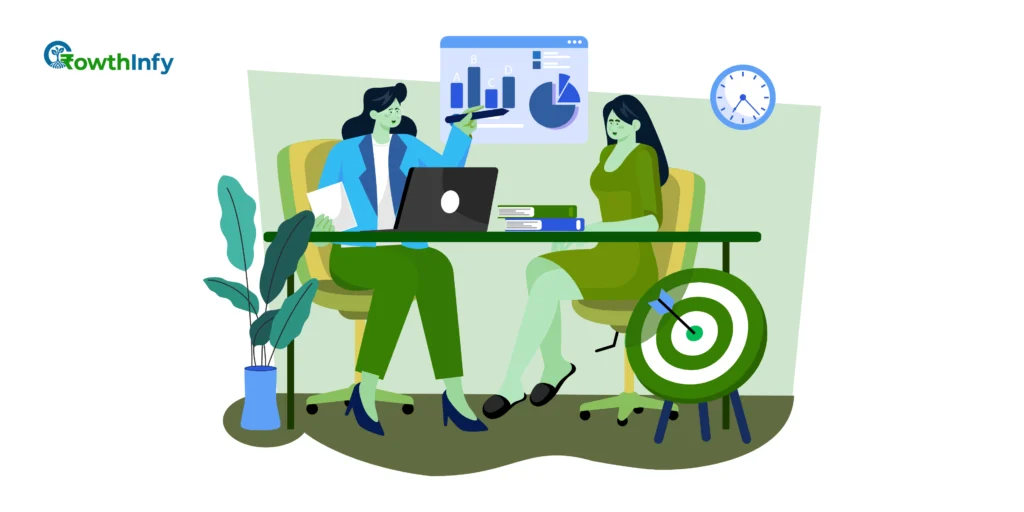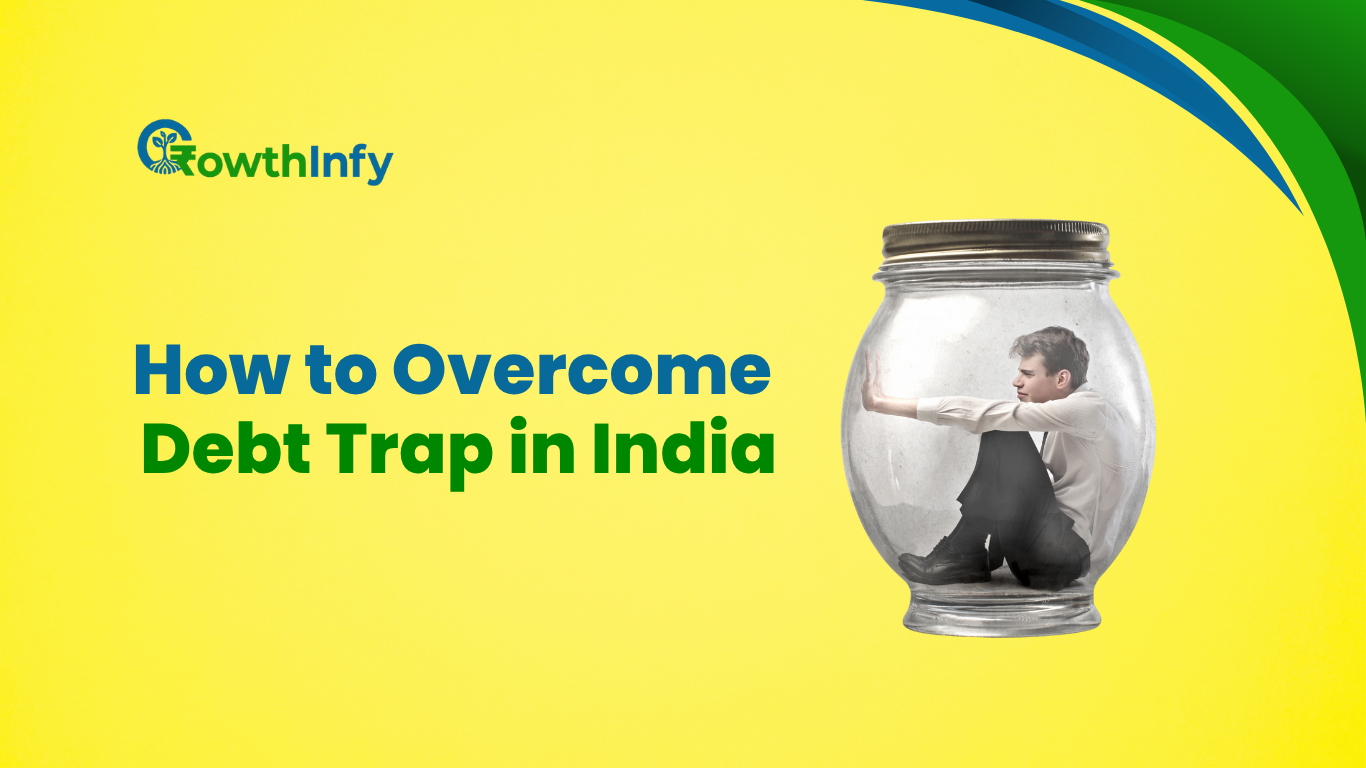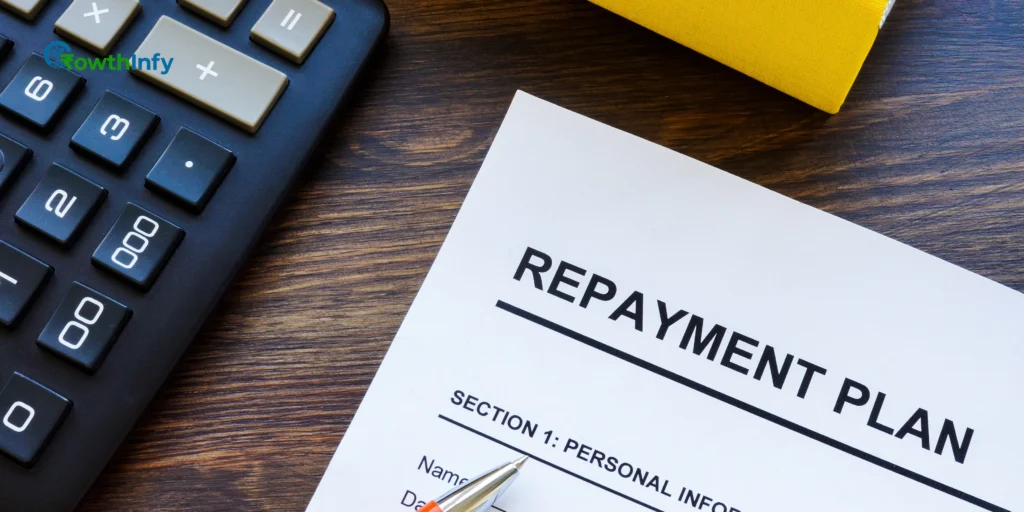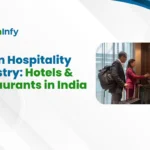GST Notices: Common Reasons and How to Respond in India
GST Notices: Common Reasons and How to Respond
The Goods and Services Tax (GST) regime in India, introduced in 2017, has streamlined indirect taxation but comes with strict compliance requirements. One critical aspect is the GST audit limit, which determines when businesses must undergo audits to ensure adherence to GST laws. However, many businesses receive GST notices due to non-compliance or discrepancies, often triggered during audits. This article explores the GST audit limit, common reasons for GST notices, and practical steps to respond effectively, tailored for Indian businesses, including service providers.
What is the GST Audit Limit?
The GST audit limit is the limit of annual turnover over which the registered taxpayer is required to get their accounts audited by Chartered Accountant (CA) or Cost Accountant (CMA). According to the Section 35(5) of the Central Goods and Services Tax (CGST) Act, 2017, the registered taxpayer was required to get their accounts audited by CA/CMA uniformly on an applicable threshold amount of more than ₹2 crore during the financial year of their business. The Finance Act, 2021 took effect from 1st August. The legislation process amended this threshold by removing the mandatory audit by CA/CMA for most registered taxpayers.
Taxpayers with an aggregate turnover above ₹5 crores are now required to file a self-certified reconciliation statement in Form GSTR-9C along with their annual return (GSTR-9). This change reduces compliance burdens but still requires businesses to maintain adequate records. For service providers, the GST audit threshold for all service providers is at the same ₹5 crore limit for GSTR-9C filing, with no separate limit.
Key Points on GST Audit Limit:
- Aggregate Turnover: Aggregate turnover includes taxable supplies, exempt supplies, exports and inter-state supplies made under the same PAN, and it doesn’t include GST taxes.
- Financial Year: All financial years are from April 1 to March 31., except for FY 2017-18 (which is from July 1, 2017 to March 31, 2018, as per government press release dated July 3, 2019)
- Due date: GSTR-9 & GSTR-9C must be filed by December 31 in the next financial year. (FY 2023-24 GSTR9 & GSTR-9C will be filed on or before December 31, 2024).
Turnover Threshold | Requirement | Applicability |
Up to ₹2 crore | File GSTR-9 (optional for some) | All registered taxpayers |
Above ₹2 crore | File GSTR-9 (mandatory) | All registered taxpayers |
Above ₹5 crore | File self-certified GSTR-9C | Regular taxpayers, including service providers |
Table: GST Audit and Return Filing Requirements (2025)
Source: CBIC Notifications
Common Reasons for GST Notices
GST notices are formal documents from tax authorities to notify taxpayers of inconsistencies, non-compliance or inform taxpayers they wish to verify certain aspects of the taxpayer’s goods and services tax (GST) compliance. Knowing why GST notices are issued will help businesses prepare for an audit and assist them in avoiding costly penalties. Here we list the most common reasons for GST notices based on recent information and trends.
1.Discrepancies in GST Returns
- Discrepancies between GSTR-1 (outward supplies) and GSTR-3B (summary return), or mismatches between GSTR-2A/2B (input tax credit) and GSTR-3B, are prevalent.
- Example: Claim for more Input Tax Credit (ITC) than what was recorded in GSTR-2A.
- Why it Occurs: Errors in the details of the invoices, suppliers filing the return late or incorrectly claiming ITC.
2. Non-Filing or Late Filing of Returns
- When GSTR-1, GSTR-3B, or GSTR-9 are not filed within the deadline, notices can arise.
- The businesses that come under the GST audit limit (more than ₹2 crore) will face scrutiny regarding GSTR-9 filing.
- Penalty: ₹200 per day = ₹100 CGST + ₹100 SGST, maximum penalty for returning returns is ₹25,000.
3. Incorrect ITC Claims
- Making ITC claims on blocked credits (i.e. personal expenditures, motor vehicles) or ineligible invoices.
- Authorities analyze data relating to ITC mismatches. A focus area of 2025 audits.
4. Turnover Misreporting
- Underreporting turnover to avoid GST audit / registration limit (₹40 lakh for goods, ₹20 lakh for services in normal states).
- Overreporting taxable exempt supplies to reduce tax liability.
5. Non-Compliance with E-Invoicing or E-Way Bills
- Businesses with turnover above ₹20 crore (as of 2025) must generate e-invoices.
- Missing or incorrect e-way bills for goods movement can lead to notices.
6. Departmental Audits Under Section 65
- Audits under Section 65 of the CGST Act are initiated by tax authorities for high-risk cases, regardless of turnover.
- Notices are issued via Form GST ADT-01, with a 15-day response window.
Section 65 audits are conducted by tax authorities on high-risk cases, regardless of turnover.
Tax authorities will issue a Notice through Form GST ADT-01 and provide you with 15 days to respond

How to Respond to GST Notices
Receiving a GST notice can be daunting, but a structured response ensures compliance and minimizes penalties. Follow these steps:
1. Understand the Notice
- Read the notice carefully and identify the issue (i.e., ITC mismatch, late filing).
- Make a note of the reference number, date, and due date to reply (generally 15-30 days).
- Log-in to the GST portal and check the details of the notice under “View Notices and Orders.“
2. Gather Relevant Documents
- Collect invoices, GSTR-1/3B/2A/2B returns, e-way bills, and audited financials.
- If the business exceeds ₹5 crore for the GST audit, also prepare GSTR-9C.
- Use the GST software or a CA to assist in reconciling the discrepancies.
3. Draft a Clear Response
- Respond to the particular concern in the notice.
- Attach your evidence (i.e., corrected invoices, proof showing taxes were paid.)
- If applicable, please use Form GST ADT-02 where departmental audit replies are needed.
4. File the Response Online
- Log in to the GST portal (www.gst.gov.in) to submit the response under “Services > User Services > View Notices and Orders”.
- Be sure to submit the response timely to avoid other action.
5. Seek Professional Help
- Consult a CA or GST practitioner for complicated notices, particularly proposals for service providers under any GST audit limit, for service providers.
- An experienced professional can negotiate with authorities or represent you in hearings.
6. Follow Up
- Track the status of your response on the GST portal.
- Address any additional queries promptly to close the case.
Pro tip: If you use any GST compliance software, consider using it to automate return filing and reconcile ITC filed with your return, so that you can reduce your risks of notices.
Preventive Measures to Avoid GST Notices
Proactive compliance is key to avoiding GST notices. Here’s how businesses can stay ahead:
- Regular Reconciliation: Compare GSTR-1, GSTR-3B, and GSTR-2A/2B on a monthly basis to identify differences early on;
- Filing on Time: Comply with return deadlines; GSTR-3B must be filed by the 20th of the subsequent month;
- Claim ITC: Claims for ITC must incorporate supplier compliance;
- E-invoicing Compliance: E-invoices for supply must be generated if turnover exceeds ₹20 crores.
- Prepare for an Audit: You must ensure that you have your sales/purchase invoices, stock registers (inventory statement) and e-waybills since these are acceptable records required for an audit based on the requirements of the law unless exempt.
- Educate: Help your accounting team understand all recent changes to GST law or taxation in general (especially for service providers).
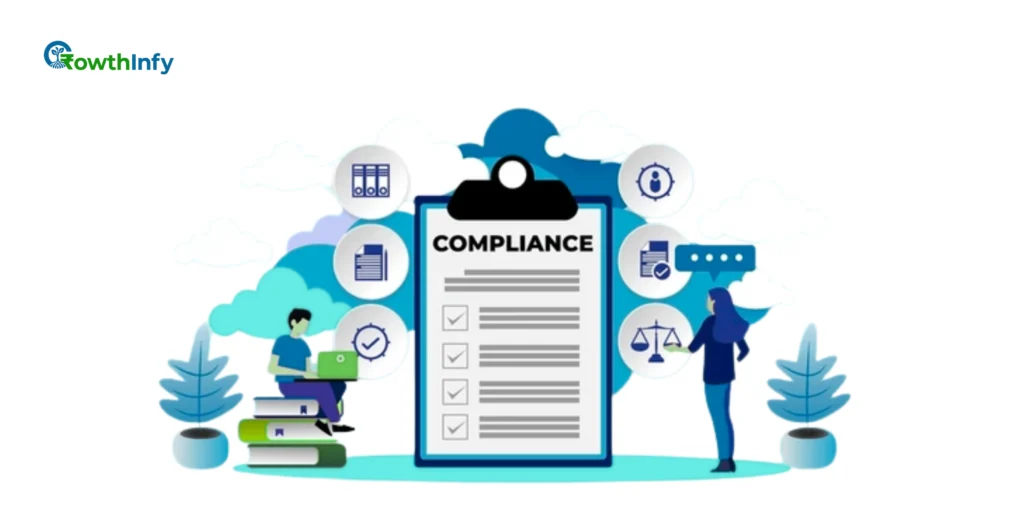
Latest Trends in GST Audits (2025)
Based on recent CBIC notifications and industry insights, GST audits in 2025 focus on:
- Data Analytics: Government authorities use artificial intelligence to identify mismatches in input tax credit (ITC) claims and discrepancies in turnover.
- Risk-Based Audits: High-risk businesses (e.g., frequent refund claims, large ITC claims) are prioritized in exams.
- Self-Certification: GSTR-9C self-certification for turnovers greater than ₹5 crore reduces reliance on CAs but requires accuracy.
- Service Providers: Service providers are faced with increased scrutiny because of the intangible nature of the transactions and the ITC claims
Explore our insightful article on the GST Return Filing Process for a comprehensive guide.
Conclusion
Understanding the GST audit limit and responding to GST notices effectively is crucial for Indian businesses. With the threshold for GSTR-9C filing set at ₹5 crore, both goods and service providers must maintain robust records and comply with GST laws. By addressing common notice triggers like ITC mismatches and late filings, and adopting preventive measures, businesses can minimize risks. For complex cases, professional assistance ensures compliance and peace of mind. Stay proactive, leverage technology, and keep updated with GST regulations to thrive in India’s tax landscape.

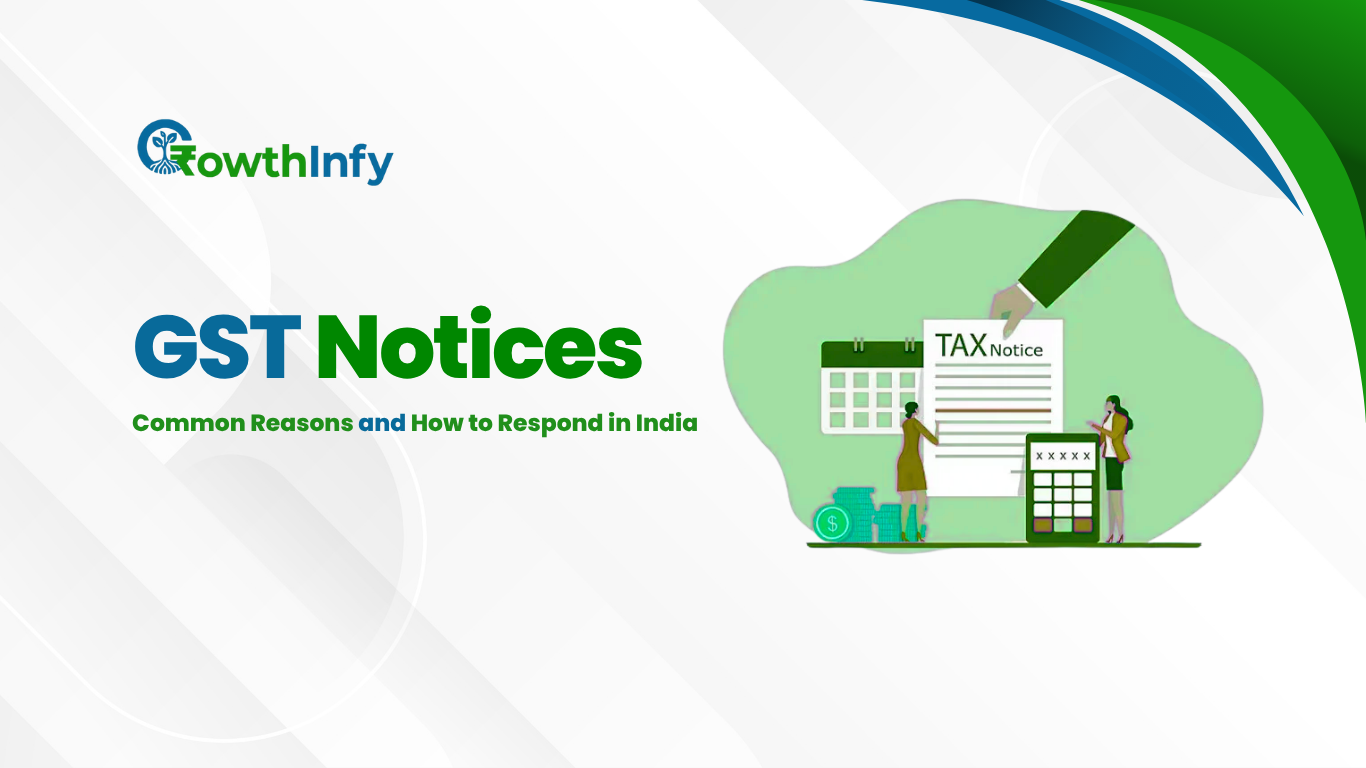
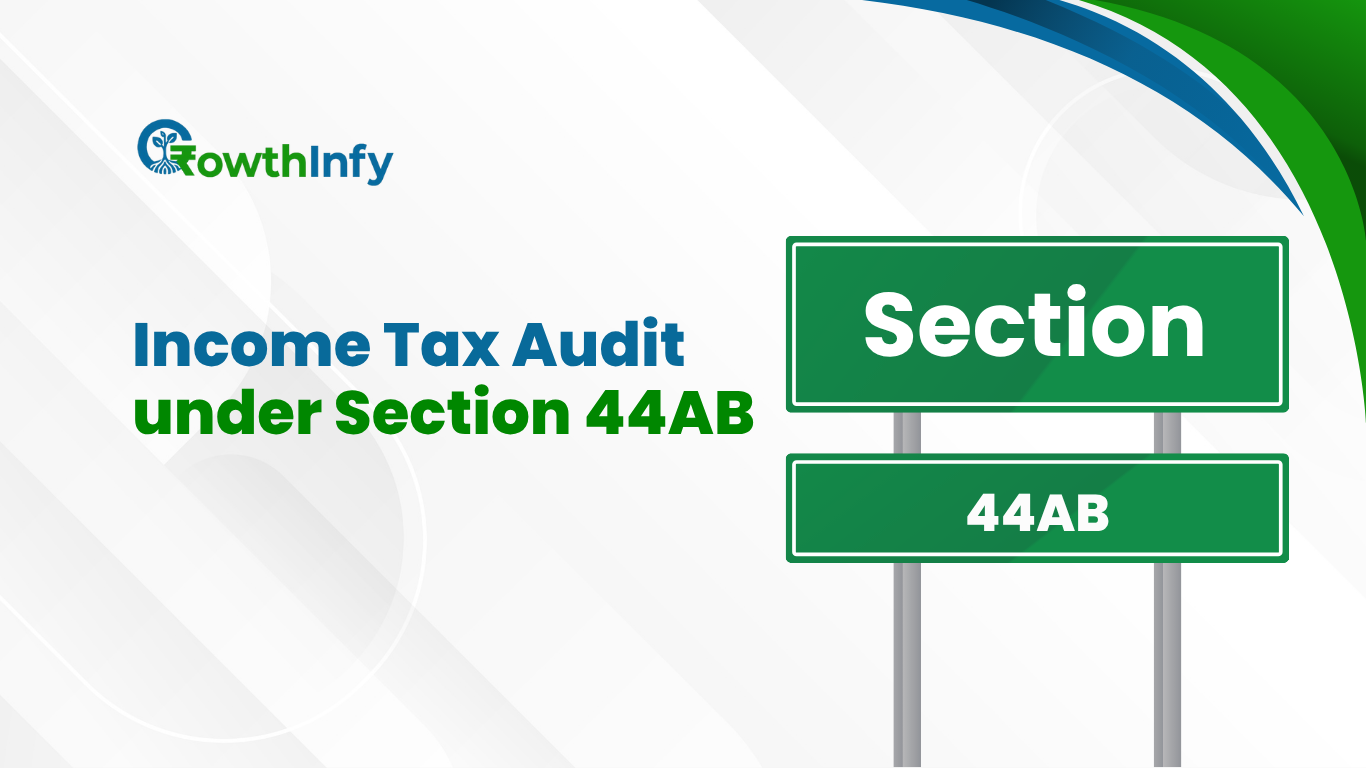




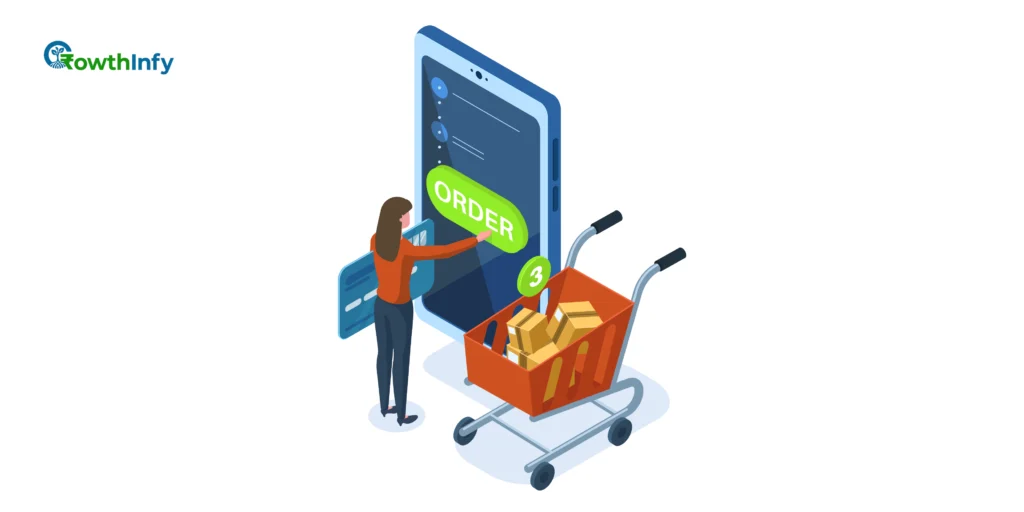


 5.Processing Steps
5.Processing Steps





